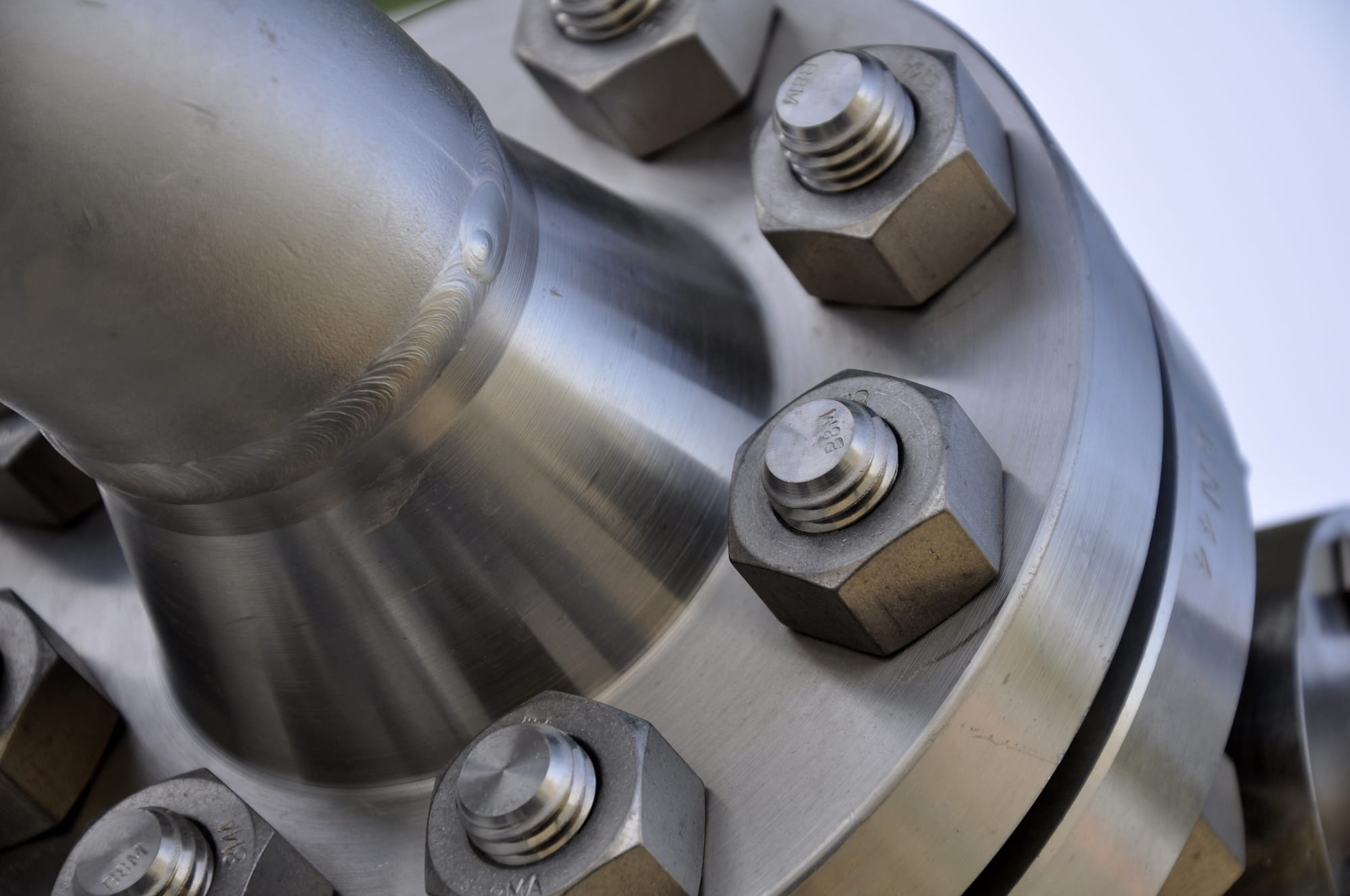Charpy Test
The Charpy impact test is a crucial method used to measure the toughness and impact resistance of materials, particularly metals. It’s commonly employed in material science and engineering to assess how a material behaves under sudden impact. Here’s how it works:
- Preparation:
- A small, rectangular sample of the material is prepared with a specific notch (a V-shaped or U-shaped cut) in the middle. This notch is designed to simulate stress concentrations, making it easier to study the material’s fracture characteristics.
- Test Setup:
- The sample is placed horizontally on a support fixture within the Charpy testing machine, with the notch facing away from the pendulum’s impact.
- Execution:
- Having cooled or heated the samples to the required temperature, a heavy pendulum is released from a predetermined height, swinging down to strike the sample on the side opposite the notch.
- The energy absorbed by the material during fracture is measured. This is determined by the difference in the pendulum’s potential energy before and after the impact.
- Key Results:
- Absorbed Energy: The amount of energy required to break the material, usually measured in joules. It indicates the material’s toughness.
- Ductile or Brittle Behavior: By observing the fracture surface, engineers can determine if the material behaves in a ductile (stretches before breaking) or brittle (snaps suddenly) manner.
- Applications:
- This test is particularly important for materials used in construction, pipelines, and pressure vessels, where toughness is critical, especially at low temperatures.
It’s a quick and effective way to evaluate how a material might perform in real-world conditions, particularly when subjected to sudden or dynamic forces.
